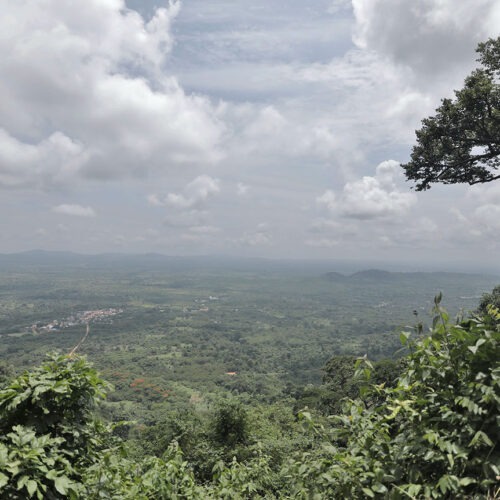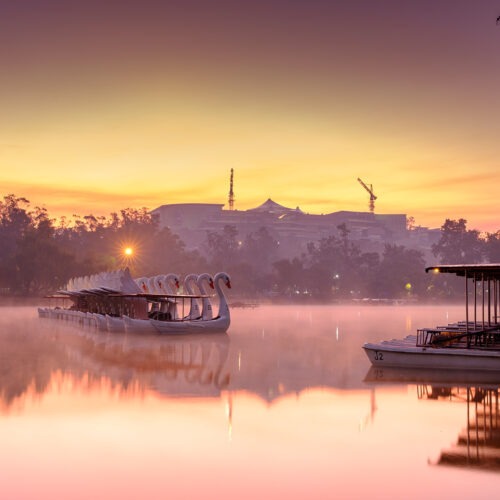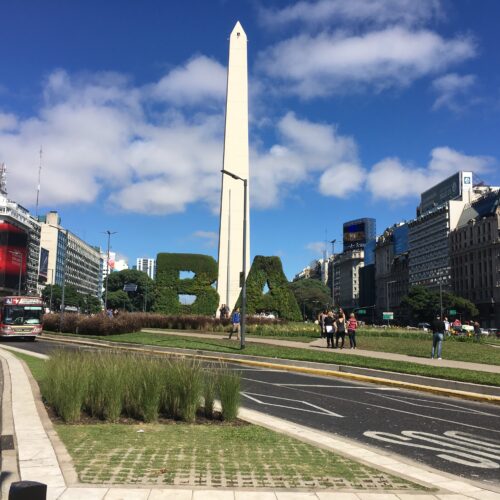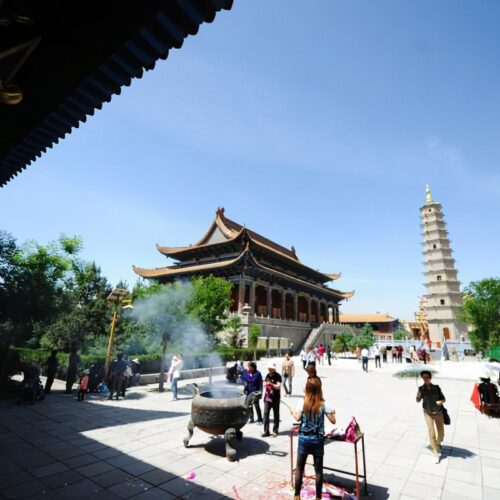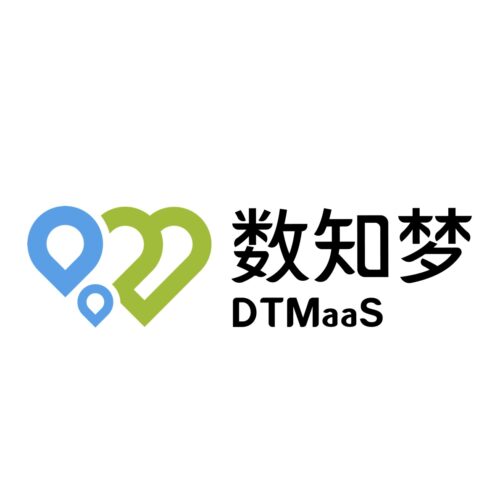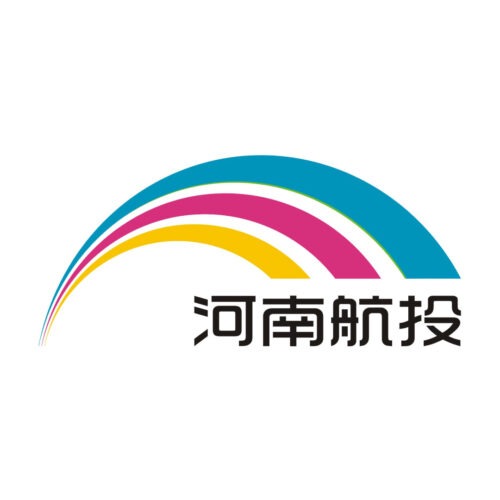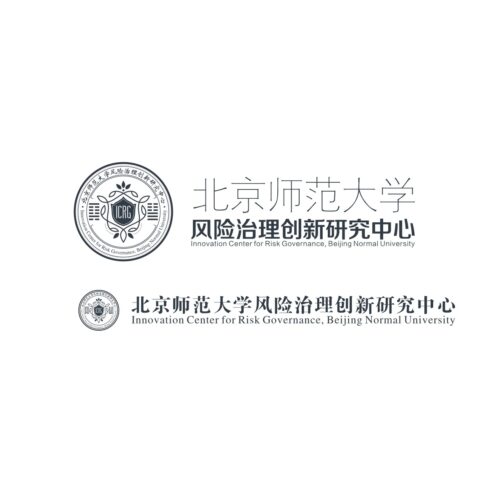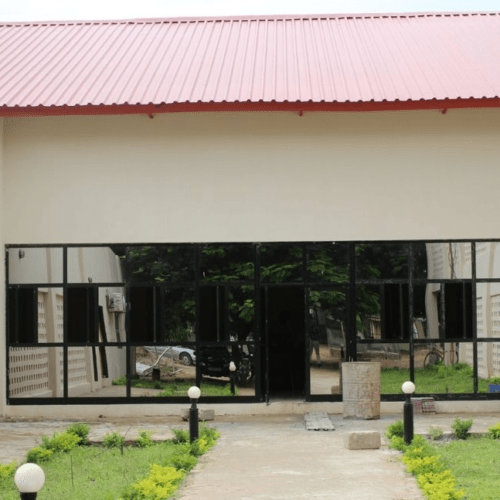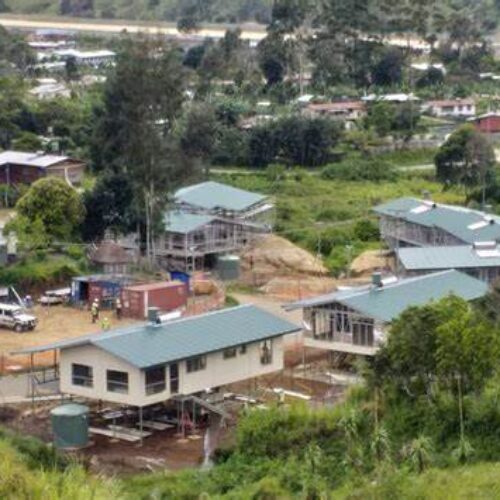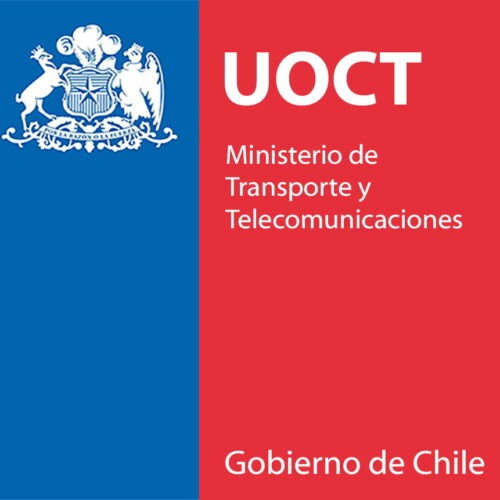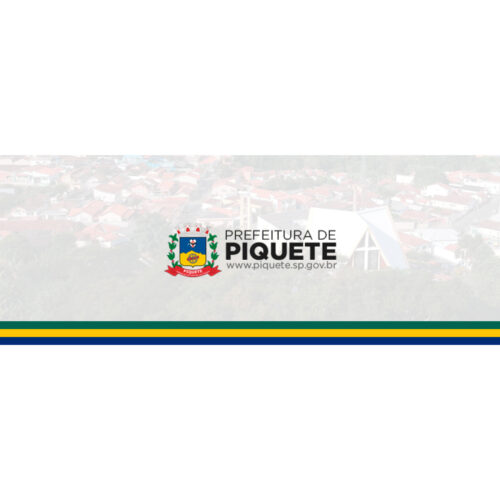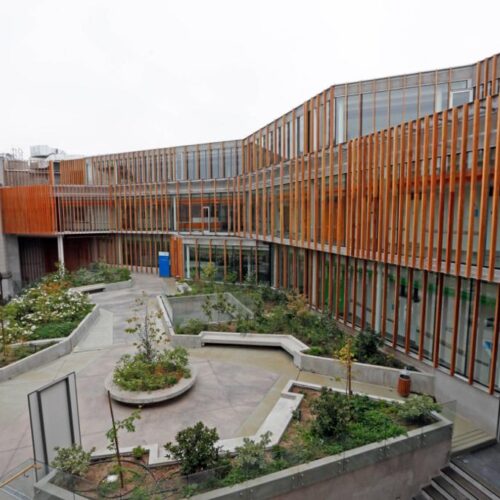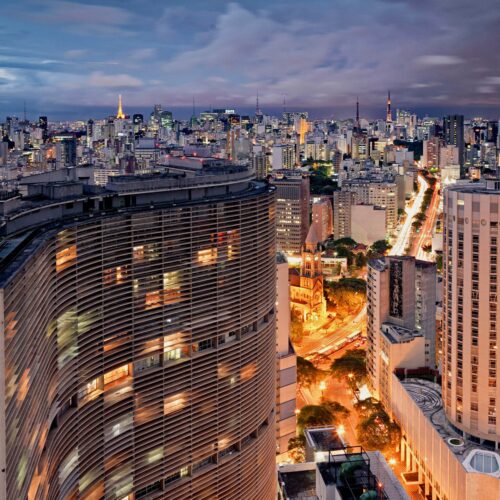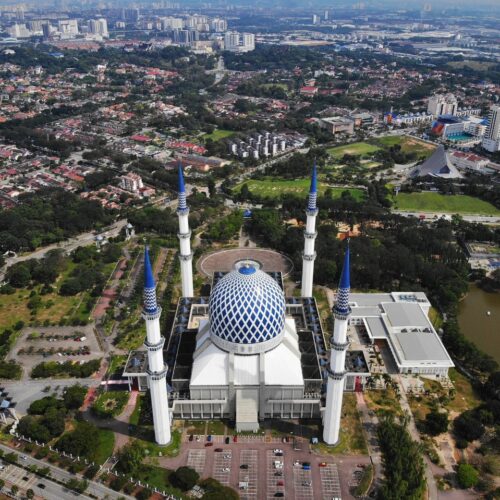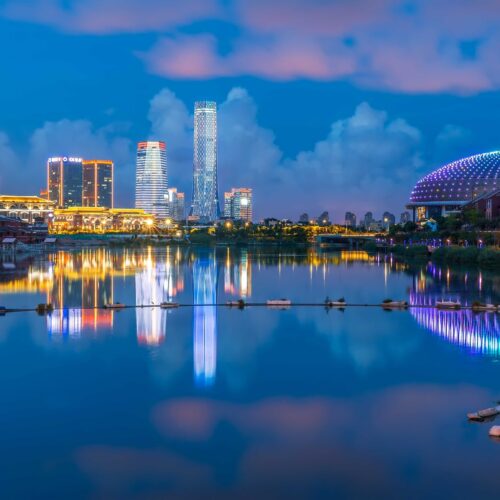The Cities Cluster on Sustainable Transport and Air Quality offers a space for knowledge sharing and collaboration between cities partners of the Global South on how to implement sustainable transport, reduce CO2 emissions and urban air pollution.
Realizing the vision of sustainable transport, which has a key part to play in improving inclusive growth and access to essential services and addressing climate change, remains imperative in developing countries. On the one hand, inadequate accessibility and poor transport connectivity have created barriers to trade and global integration and undermined developing countries’ prospects for sustainable growth. On the other hand, existing transport systems in many developing countries are not green, efficient, or safe enough yet. Particularly, nearly a quarter of global energy-related CO2 emission is believed to have been generated by transport activities (UNEP, 2021a); cities are responsible for 75 percent of global CO2 emissions (UNEP, 2021b).



